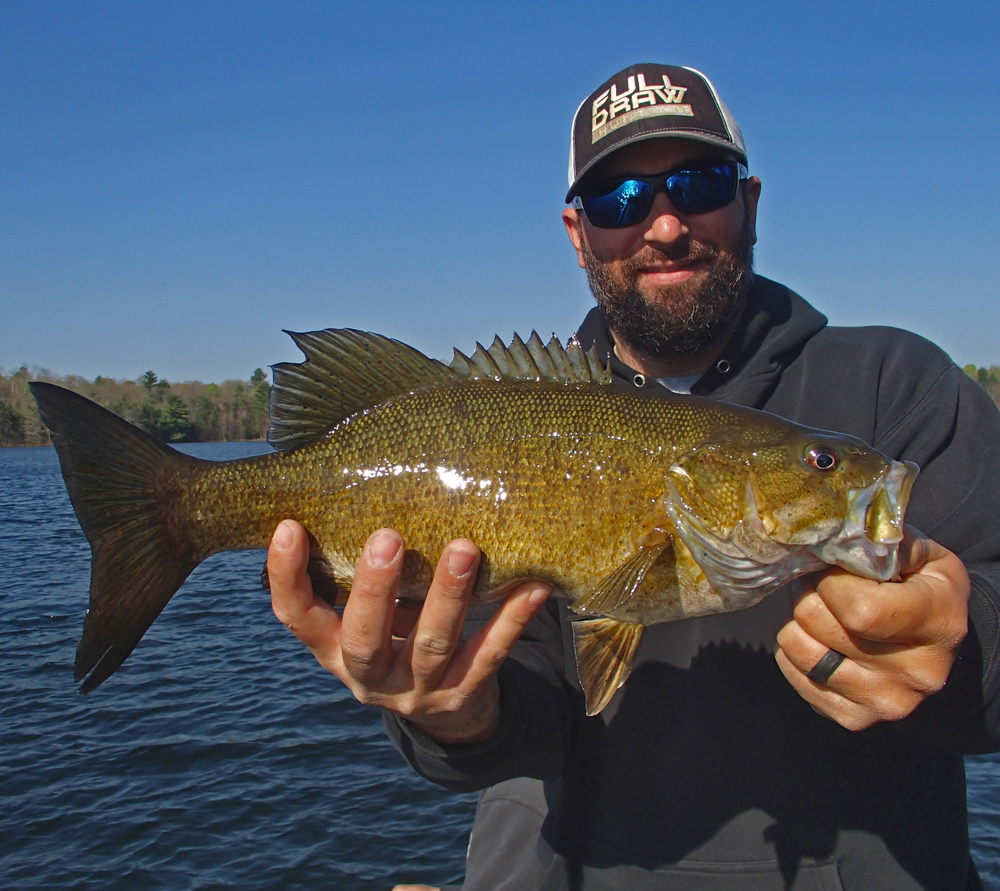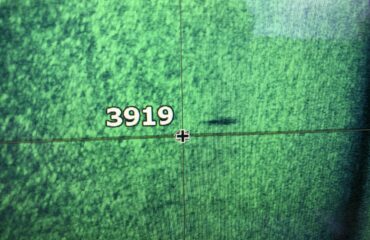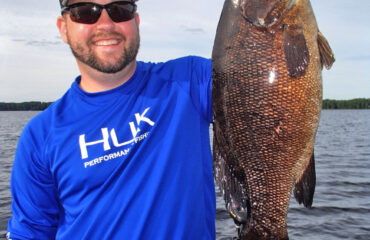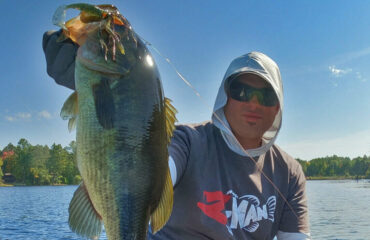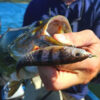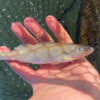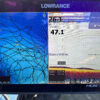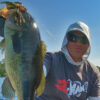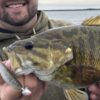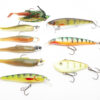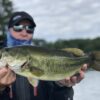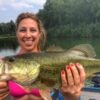Sunlight and Smallmouths
This short quickly details the the spring transition from pre-spawn to spawn, so you can further understand locations and how to best approach them.
During the spring season, all fish locations are shallow due to feeding and spawning requirements. Nearly all fishing is casting specific regions of the lake and locations that are less than 10 ft. deep. All fish movements in spring are deep to shallow structural and spawning migrations. As waters warm, smallmouth wake up from their main lake wintering areas and follow main lake breaklines and topography, then infiltrate the shallows, seeking spawning locations such as rock shoals and flats they revisit annually along shorelines and spawning bays. This movement lasts from ice out through spawn, and is dependent entirely on the weather, conditions, and water temperature.
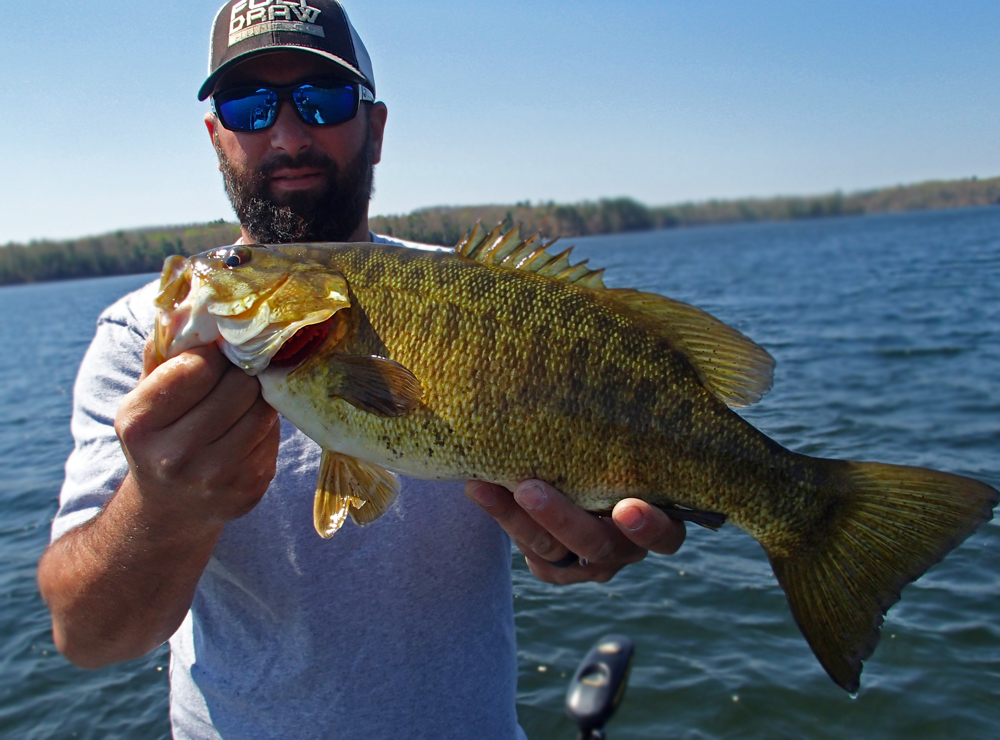
Peak smallmouth fishing during May revolves around sunlight and water temperature. If you look at the thousands of spring smallmouth photos I’ve shot, nearly of them were caught during midday hours and afternoons on bright sunny days. Besides sunlight, optimal water temperature for best feeding and activity, and longest spre-spawn feeding windows is 48 to 55 degrees. This is a product of the warming days and comfortable southern & western winds the season delivers.
Our focus was now on shallow sun-exposed bays and pockets, and rock & gravel flats that are known spawning sites for this lake. When smallmouths undertake their spring feeding migrations and begin staging for the spawn, it’s best to be at the edges of rocky shoals and spawning flats waiting for them to arrive. When and where they will show up in the most heavily concentrated wolf packs is determined by wind and the warm undercurrents it creates, and the angle and placement of the sunlight above.
When sunlight hits specific pieces of structure and reflects off certain bottom types, the surrounding area will bake and warm rapidly. I generally reference these areas as “microwaves”. Every lake I fish for smallmouths is full of these unique spots and they are nothing more than natural heat conductors that can only be found on your own. Good heat conductors to key in on throughout early spring are shallow sandy spawning bays (north and east shorelines best), sand flats, rocky shoals, boulders, downed wood, and windblown shorelines that are exposed to sunlight.

On every lake each spring, both baitfish and smallmouths are looking for the warmest water they can find – not only for feeding, but to spawn as soon as possible. On these big waters, it becomes crucial to gather as many key spots all over the lake and to plot out a milk run of spots that can be reached and revisited repeatedly throughout the day. Once on the spot, follow your electronics and gauges closely. If the water is warming, stick around and camp on the spot for as long as necessary, especially if the spot produces annually. Smallmouths will always be infiltrating onto them, especially if it’s a known spawning site.
The spawn period officially begins during May’s full moon. This is a peak period for targeting large female fish, as it’s their biological clock for when to slide up shallow to feed and nest shortly after.
The season quickly transitions from coldwater, to pre-spawn, to spawn. Some years it happens over the course of a few weeks. In others, only days. Staying on top of the rapid transition is important.
The whole barn door can blow open and multiple patterns will soon emerge. Fish will eventually be in overdrive and hungry, aggressively striking jerkbaits, crankbaits, tube jigs, football heads, and soft plastics.
This is the arrival of spring peak.
As waters warm further into the 60’s, spawn will get underway.
The key to catching early season smallmouths under short condensed windows is to identify these transitional periods, and locate spawning sites. It’s always tempting to cover as many spots as possible to maximize productivity but in early spring it’s unnecessary. Most early season smallmouths will be scored from specific spots on the lake where the water is warmest, and fish are known to spawn at.


